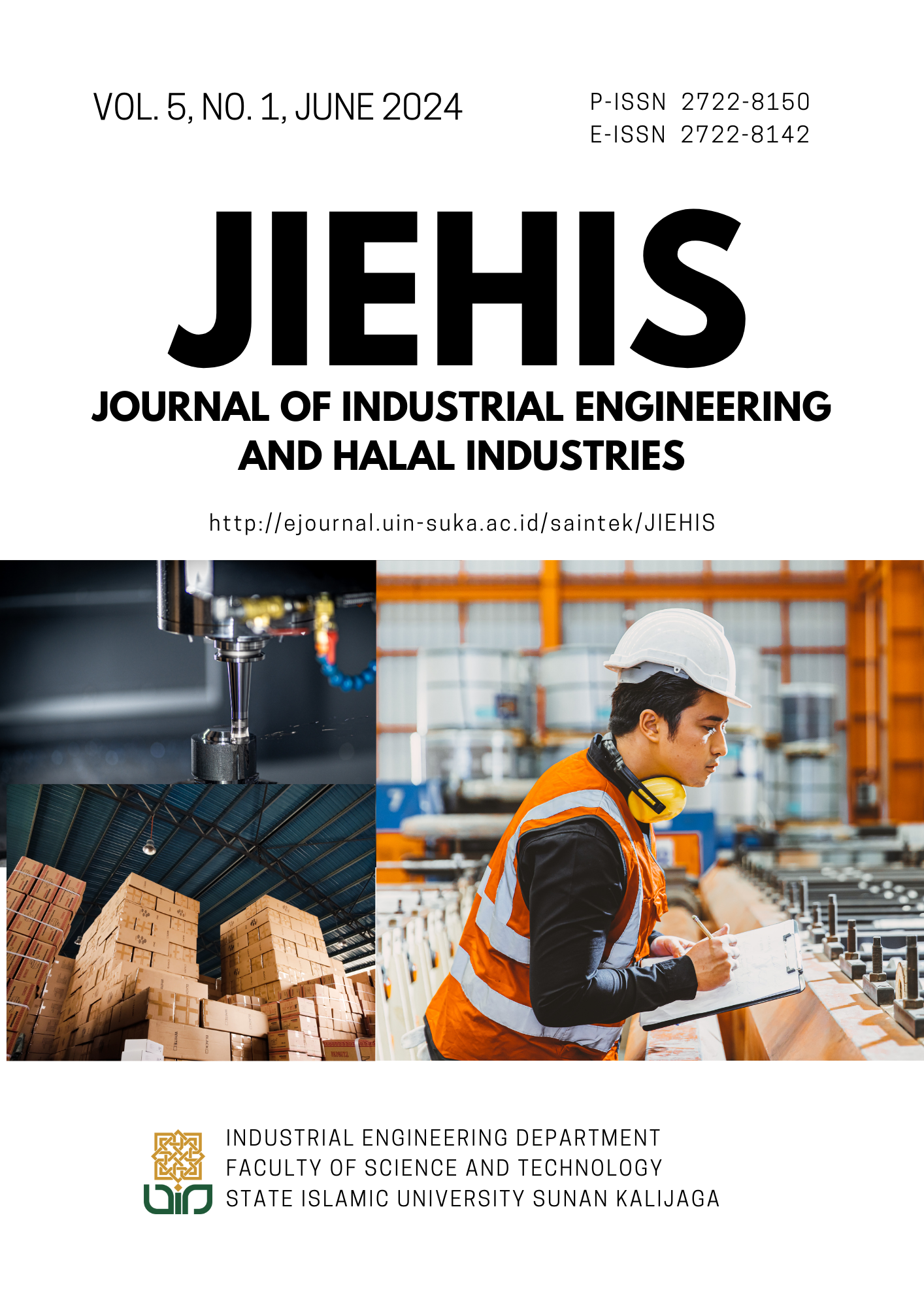The Effect of Proximity on The Layout and Selection of Chair Types in The Coffee Shop Industry
DOI:
https://doi.org/10.14421/jiehis.4648Keywords:
proximity, coffee shop, chairs, human interaction in architectureAbstract
The coffee shop industry has become part of modern urban life. One of the most significant impacts of the coffee shop industry on local communities is its role as one of the catalysts for economic development. It not only provides employment opportunities but also serves as an incubator for small businesses and entrepreneurs. Coffee shops are one type of restaurant that is smaller or specific in scope, in terms of the food and beverages served, usually with limited food choices. Because of this, this coffee shop is usually used as a place to talk, gather or just spend time. In essence, coffee shops are often used by people to relax, not as a special place to eat. Therefore, the design of this kind of place should be made more cozy, with the selection of elements that form the atmosphere of the room that must be considered, such as walls, floors, ceilings, lighting, furniture used, especially the selection of chairs. The chair is an element of the room that will be in direct contact with humans, so its selection will greatly affect the activities carried out by humans. The selection of the right type of chair will have an influence on human behavior in public spaces, therefore this research was conducted with a proximity approach. The object of research this time is emphasized on human behavior when interacting with friends, friends, relatives, acquaintances and lovers while in a coffee shop. The research method used in this research is natural obsevation which is qualitative in nature. This qualitative research method is used because the results obtained must be conditions without manipulation. This method is used to find out how different types of chairs affect human behavior in interacting when in different chair settings. The conclusion of this research is that the wrong placement or selection of furniture, especially chairs, will cause visitors to be uncomfortable in it and if the designer is less precise in choosing the type of chair, it can cause an area that is not in demand so that the area is not utilized properly.
References
Aprilita, C. and Sari, S. M. (2014). Pengaruh Interior Toko Oen Malang terhadap Perilaku Pengunjung. Intra, 2(2), pp. 563–568. Program Studi Desain Interior Universitas Kristen Petra.
Ching, Francis D. K., & Binggeli, C. (2011). Desain Interior, terj. Lois Nur Fathia Praja. Jakarta: PT. Indeks.
Emilia , T. (2009). Analisis Emotion Marketing Dalam Menciptakan Postpurchase Behavior Pada Kafe Kopi Lokal Di Bandung
(Survei pada pelanggan Roemah Kopi dan Ngopi Doeloe). Skripsi pada FPIPS UPI Bandung. [Online]. Tersedia: http://repository.upi.edu/operator/upload/s_mpp_054056_chapter1.pdf. [2 Desember 2012].
Grafe, C., & Bollerey, F. (2007). Cafes and Bars: The Architecture of Public Display. New York and London: Routledge.
Halim, D. (2005). Psikologi Arsitektur. Jakarta: PT Gramedia Widiasarana Indonesia.
Harmoyo, H.K. dan Putriati, D. (2021). Kajian Pengaruh Setting Ruangan Terhadap Kenyamanan Dan Privasi Pengunjung Kafe Lingkar Coffee Semarang. Jurnal Vitruvian, vol. 10 no.2 113-118. Arsitektur Universitas Mercubuana
Hidjaz, T. (2011). Interaksi Psiko-Sosial di Ruang Interior. Bandung: ITENAS.
Laurens, Joyce M. (2005). Arsitektur dan Perilaku Manusia. Jakarta: PT. Grasindo.
Marsum W A. 1999. Restoran & Segala Permasalahannya. Yogyakarta: Andi
Moeliono, A. M. (1988). Kamus Besar Bahasa Indonesia. Jakarta: Departemen Pendidikan dan Kebudayaan.
Scott, B. (2006). Scottish Cafe Society: Contemporary Consumption Issue and Lifestyle Identities. International Journal of Contemporary Hospitality Management, Vol. 18 Iss: 1 pp. 60 – 68. Glasgow: Glasgow Caledonian University.
Sekarlangit, N. (2019). Keterkaitan Desain Ruang Publik Dengan Perilaku Pengunjung Mal di Yogyakarta (Kasus : Ambarrukmo Plaza dan Galeria Mall. Jurnal Ruas Vol.17(2), pp. 41–49. Department of Architecture, Universitas Brawijaya.
Sugiyono. (2010). Metode Penelitian Pendidikan. Bandung: Alfabeta.
Woodson, Wesley E. 1981. Human Factors Design Handbook: Information and guidelines for design of sytems facilities, equipment, and product for human use. Unites State of America: McGraw-Hill Book Company.
Downloads
Published
How to Cite
Issue
Section
License
Copyright (c) 2024 Eulis Yulianti Faridah

This work is licensed under a Creative Commons Attribution-ShareAlike 4.0 International License.
(c) The Author(s). This article is distributed under a Creative Commons Attribution-ShareAlike 4.0 International License.






